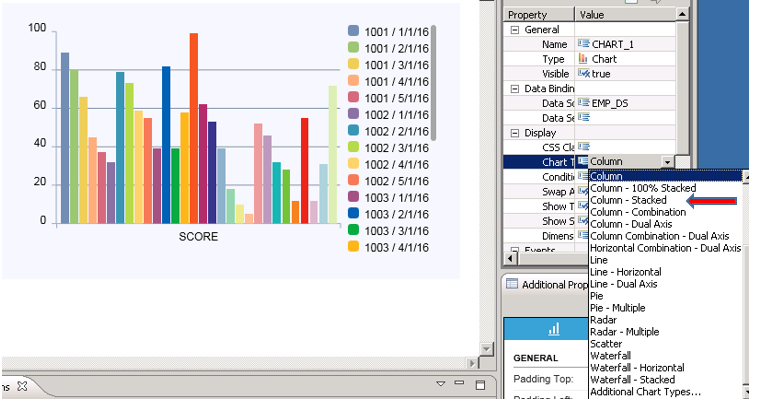

Go to Quick Launch->Content->Export->Delivery Unit->Select the Delivery Unit.

Once the Delivery Unit is created and the packages assigned to it, Creation of Delivery Unit can be done through Quick Launch->Setup->Delivery Units… Tables : To import the exported tables into target systemĭelivery Unit should have been created by user prior to the usage of it. Landscape : To import the exported landscape in the target system Selective Import of Meta Data : This is similar to above but in this case, SAP BO Data Services will be used for Data Provisioning Mass Import of Metadata : This option will be used to import the meta data (table definition) from SAP ERP source systems using SAP Load Controller in to HANA, if the user uses Sybase Replication Server for Data Provisioning Tables : This option can be used to export tables along with its contentĭelivery Unit : Exported Delivery Unit can be imported either from HANA Server or from local Client locationĭeveloper Mode : To import the already exported views from the local Client location Landscape : To export the landscape from one system to other (There is already a document talks about this in detail, hence I am not covering here).The link for the document is SAP HANA: importing and exporting Landscapes in HANA STUDIO In that case he can use this option to export the view along with data and share it with SAP for debugging purpose. For Eg, user creates a view which throws up error and he couldn’t able to resolve. SAP Support Mode : This can be used to export the objects along with the data for SAP support purposes. This is kind of “Transport Request” in BW terms.ĭeveloper Mode : This option can be used to export individual objects (Views) to a location in the local system. The user can use this option to export all the packages that make a delivery unit and the relevant objects contained in it to a HANA Server or to local Client location. So that all the packages assigned to Delivery Unit can be treated as single unit. What are the options available in Export & Import?ĭelivery Unit : A single Unit which can be mapped to multiple packages and can be exported as single entity. And also this supports importing of Meta data from other systems as well.Įxport and Import can be accessed from Quick Launch->Content or through the File menu or through the right click context menu option of tables This is similar to transport of objects in BW terms. When the user creates Information Models, Tables, Landscapes and if he wants to move them to different systems (new or existing), instead of recreating everything there in the target, he can simply export them and import it into a target system to reduce the effort of the user. This is based on current design and may subject to change in future releases of HANA Studio. To get a neat workplace, you can easily hide the icons of the views you do not need, and also hide any additional extension-related pane.This document will help you to understand the various options available under Export and Import in HANA Studio. For example, the SAP HANA Projects and Java Projects views are presented in the same Explorer view. Some views have their own left pane, while others appear as a sub-pane of another one. Some of the views are added automatically as icons to the very left of the screen, others are not but you can anyway open any existing view by choosing Choose → Open View. The list of available views depend on the extensions that are included by default (depending on the kind of application your development space was created for) or added as options. Explore the file structure to create/modify/move/delete files, search/replace within file content, connect your workspace to Git, Debug, and so on. The different views on the left are there to cover your need as a developer. SAP Business Application Studio offers a lot of different ways to perform the same action: menu commands, keyboard shortcuts, quick commands, and so on.


 0 kommentar(er)
0 kommentar(er)
